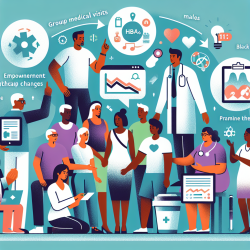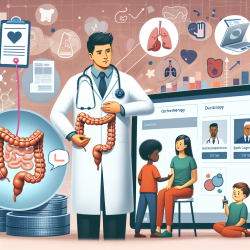Understanding Person-First Language
Person-first language is a linguistic approach that emphasizes the individuality of people by placing the person before their diagnosis or disability. For example, saying "children with Down syndrome" instead of "Down syndrome children" helps to focus on the person rather than the condition. This language shift aims to reduce stigma and promote equality by emphasizing personhood over impairment.
The Discrepancy Between Education and Practice
Despite being a cornerstone of health professions education, person-first language is not consistently used in clinical settings. Research by Crocker and Smith (2019) highlights this gap, noting that while students are taught to use person-first language, they often find it challenging to maintain this practice in real-world healthcare environments. This discrepancy suggests a need for cultural shifts within healthcare to align practice with educational standards.
Why Person-First Language Matters
The use of person-first language is not just a matter of semantics; it significantly impacts patient care and outcomes. Language shapes perceptions, and how healthcare professionals refer to patients can influence both the care provided and the patients' experiences. By using person-first language, practitioners can foster a more inclusive and respectful environment that acknowledges the dignity and individuality of each patient.
Encouraging Practitioners to Lead by Example
Healthcare educators and practitioners are in a unique position to model and promote the use of person-first language. By consistently using this language, they can influence the next generation of healthcare professionals and contribute to a broader cultural shift within the industry. Practitioners should be encouraged to reflect on their language choices and consider the impact these choices have on patient care and interprofessional communication.
Moving Forward: Research and Advocacy
To bridge the gap between education and practice, further research is needed to understand the barriers to adopting person-first language in clinical settings. Additionally, advocacy efforts should continue to raise awareness about the importance of language in healthcare. Practitioners can become change agents by advocating for the use of person-first language and supporting initiatives that promote inclusive communication.
To read the original research paper, please follow this link: Person-first language: are we practicing what we preach?










